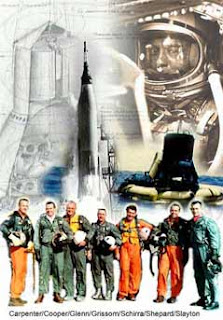Flying By Pluto
As time went by, our explorations into space drew less attention, even becoming commonplace. But I'm still fascinated by what our country has accomplished and what we are still learning from our journeys through the universe.
The National Aeronautics and Space Administration's (NASA's) New Horizons Mission is helping us "to understand worlds at the edge of our solar system by making the first reconnaissance of the dwarf planet Pluto and by venturing deeper into the distant, mysterious Kuiper Belt – a relic of solar system formation."
Launched nearly nine years ago, New Horizons made an early fly-by of Jupiter for a gravity boost. Scientific data and photos of that beautiful planet were a nice byproduct of the mission,
The spacecraft made its closest approach to Pluto on July 14, 2015. Scientists were stunned at the complex features of the planet, including mountains, dunes, valleys, nitrogen ice flows and atmospheric haze.
The data downlink phase of the project started on September 5, 2015.
With the radio signals from New Horizons taking over 4 hours to travel the 3 billion miles to earth, the data transfer will take about a year. The information download will include high-resolution images, atmospheric data, solar, wind, spacedust data and more.
New Horizons now continues its journey to the Kuiper Belt, to send us information about the outskirts of our solar system. Incredible.





Comments
Post a Comment